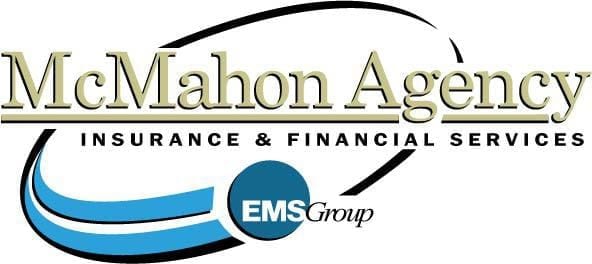Vesting is a process through which employees gradually earn ownership of benefits provided by their employer, such as retirement savings through 401(k) plans or stock options. This process is vital to retaining and motivating employees, as it rewards their long-term service and encourages loyalty and commitment. Vesting opportunities attract top talent and foster employee engagement and dedication, ultimately contributing to the company’s success and stability.
What Are Vesting Schedules?
Vesting schedules dictate when employees become entitled to employer-provided benefits. Common types include cliff vesting, where full ownership occurs after a set period, and graded vesting, where ownership increases gradually over time. These schedules incentivize employee loyalty and retention by rewarding longevity with increased benefits eligibility.
What is 401(k) Vesting?
401(k) vesting refers to the process where employees gain ownership of employer-contributed funds in their retirement account over time. Vested funds are wholly owned by the employee, while non-vested funds may be subject to forfeiture if employment ends prematurely. This distinction is crucial, as vested funds remain with the employee, providing financial security and incentive for long-term employment.
How Does 401(k) Vesting Work?
401(k) vesting operates with varying schedules in employer-sponsored retirement plans. Employee contributions are typically automatically vested, while employer contributions may vest gradually based on years of service. Understanding the employer’s vesting schedule is crucial as it determines when employees gain full ownership of employer-contributed funds, influencing retirement planning decisions and long-term financial security. Familiarizing oneself with the specifics ensures informed choices regarding contributions and potential employer matches.
Factors to Consider Before Leaving
Before leaving your job, you should consider how it will impact your vesting opportunities, including the following factors:
- Vesting Terms Review: Understanding the vesting schedule ensures awareness of when employer-contributed funds become fully owned. Failure to grasp this could lead to surprises regarding available retirement savings upon departure, potentially impacting financial planning.
- Long-Term Implications: Leaving before full vesting may result in forfeiting a significant portion of retirement benefits, affecting long-term financial security and retirement readiness.
- Employer Matching Contributions: Failure to assess the impact of employer matching contributions could lead to missed opportunities for additional retirement savings or potential losses if not fully vested.
- Potential Rollover Options: Considering rollover options ensures continuity of retirement savings and allows for better management and potential growth of funds outside the employer’s plan.
- Consultation with Financial Advisor: Seeking guidance helps make informed decisions about retirement planning, minimizing the risk of unintended consequences or missed opportunities for maximizing retirement savings.
What to Do with a 401(k) Account After Leaving a Job
After leaving a job, consider the vesting status of your 401(k) account. Rushing decisions may lead to forfeiture of employer contributions. Options include:
- Keeping the Account with the Former Employer: Maintain the 401(k) account with the former employer, continuing to manage investments within the existing plan.
- Withdrawing Funds in a Lump-Sum Distribution: Withdraw all funds from the 401(k) account, receiving a one-time lump-sum distribution subject to taxes and potential penalties if under age 59½.
- Rolling Funds into an IRA: Transfer funds from the former employer’s 401(k) account into an Individual Retirement Account (IRA), maintaining tax-deferred status and offering broader investment options.
- Transferring Funds to a New Employer’s 401(k) Plan: Move funds from the former employer’s 401(k) account into the retirement plan offered by the new employer, consolidating retirement savings and potentially accessing new investment options and employer matching contributions.
Consulting a financial advisor ensures informed decisions align with long-term financial goals.
Elevate Employee Value with Group Benefits Packages
Group benefits packages offer employees access to valuable perks like retirement accounts, enhancing job satisfaction, and attracting top talent. We understand the importance of crafting benefits packages to attract employees. Contact our agency today to create a competitive benefits package that meets your employees’ needs. Your local agent is ready to assist you in maximizing employee value.
